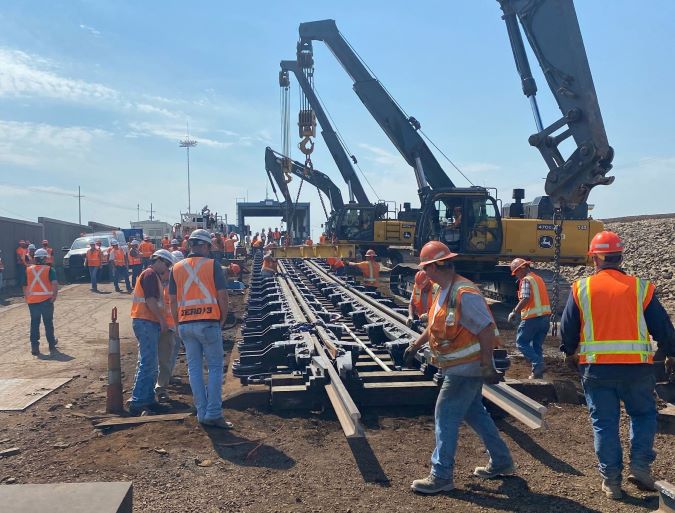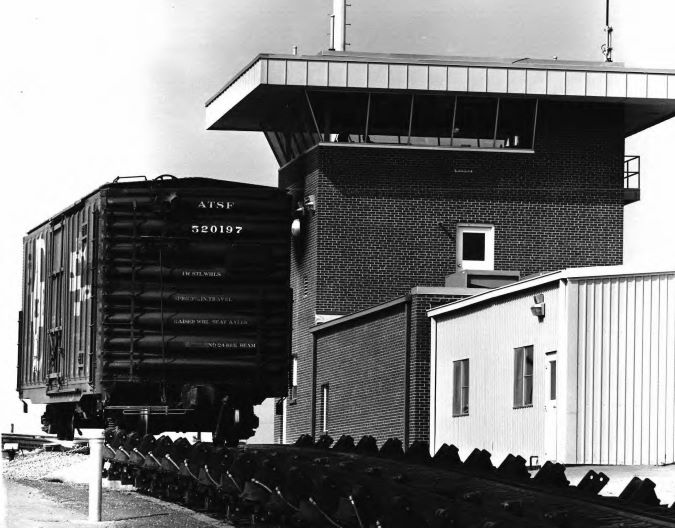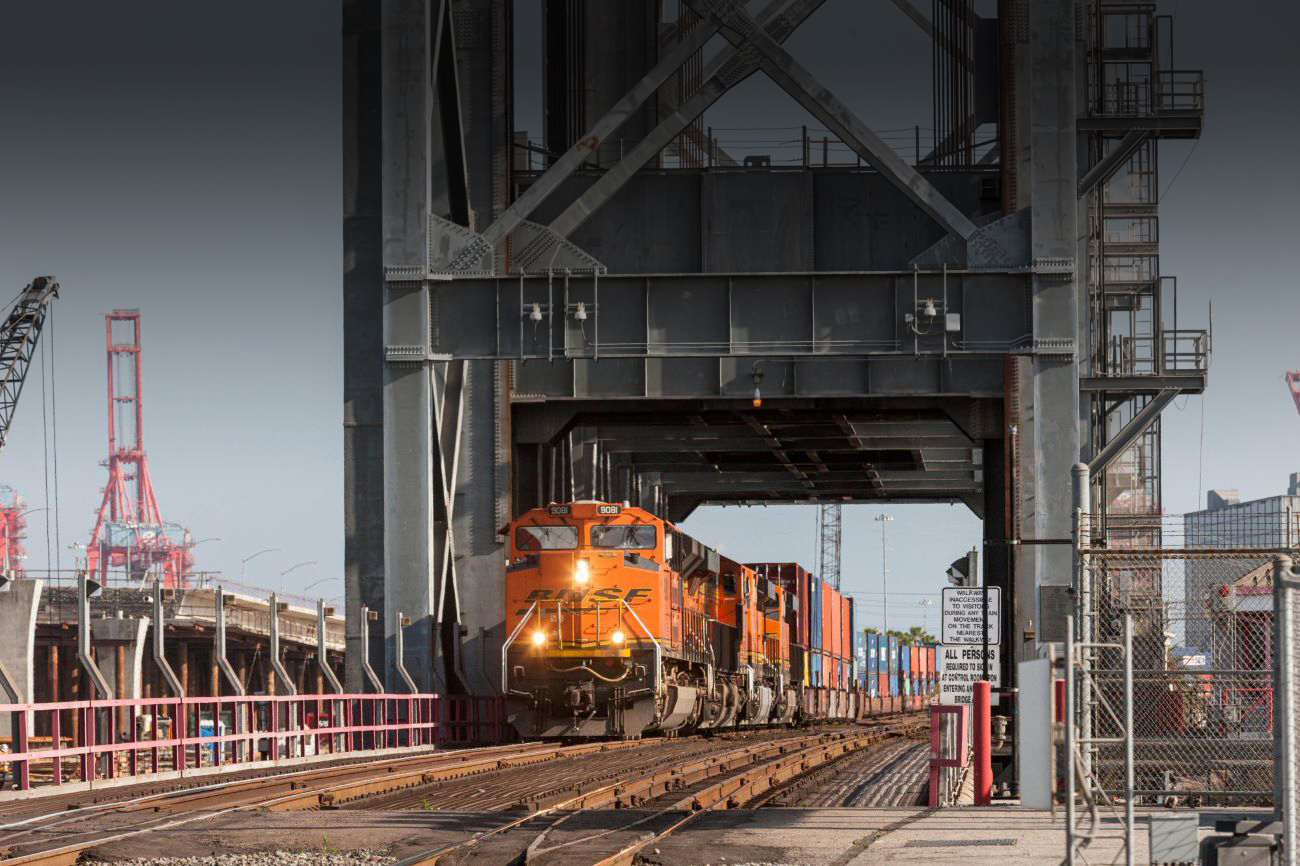BNSF’s Argentine Yard gets facelift in less than 48 hours

Located in Kansas City, the second busiest U.S. rail center behind Chicago, is BNSF’s 780-acre Argentine Yard. Today it is the largest classification yard on our network for merchandise traffic, including everything from chemicals, plastics and construction products to paper, lumber, food, beverages and more.
Every day, more than 2,100 railcars arrive and depart Argentine Yard, which is named for the neighboring community.
As a classification yard, Argentine is where trains with merchandise freight cars bound for multiple destinations are separated and re-sorted into new trains. It’s also called a hump yard because freight cars are sorted by going over a “hump,” or hill, then using gravity to move them into a position.
There’s also an intermodal facility, division offices, and locomotive maintenance and inspection terminal.

Argentine Yard was originally built by the Atchison, Topeka, and Santa Fe Railway (ATSF or Santa Fe) when the railroad came to the area in 1875. By 1890, the Santa Fe had 27-plus miles of track in the yards. All switching was done in the flat yards until Santa Fe opened its first gravity classification yard in 1949.

Over the years, more tracks, buildings and diesel engine services were added, and for generations Argentine has been one of the major employers for the area. Following the merger that created BNSF in 1995, Argentine was again significantly and strategically expanded as it is a midpoint on our Southern Transcon connecting the ports of Southern California with Chicago and points beyond.
So, an important asset like Argentine requires round-the-clock maintenance and sometimes a major overhaul. Such was the case this year.

“Argentine’s classification equipment needed a facelift so we can continue to provide safe and reliable freight transportation service for our merchandise customers,” Mike Frisinger, general manager, Kansas Division, said.
But replacing major yard equipment and technology in one of BNSF’s busiest hump yards requires significant planning. All incoming trains must be rerouted, yard work paused and all outbound trains cleared. The work must be completed in a defined time window so that the facility can be brought back into service promptly.
Last month, the stage was set for the Argentine overhaul, and more than 150 BNSF team members assembled to complete the long list of improvements in only 48 hours. Major tasks included:
- Replacing the yard’s master retarder, stationary brakes in the track that reduce the speed of freight cars are they are sorted into new trains.
- Replacing the main hump yard “king” switch used to direct freight cars as they come off the hump into tracks where new trains are being built.
- Installing new cameras, a new signal system and more than 13,000 feet of new rail across 60 classification tracks.
- Repairing damaged walkways.
- Testing all equipment before resuming service.

Not only did the team complete the project injury-free working in 100-degree weather, but the job was done ahead of schedule, allowing service to resume for the customers depending on us.
“I am so proud of our outstanding railroad professionals whose planning, attention to detail and meticulous execution—and focus on safety in every single task—made this happen,” Frisinger said. “Thanks to their hard work, Argentine will continue to be one of the most productive and important classification yards at BNSF, now and into the future.”


